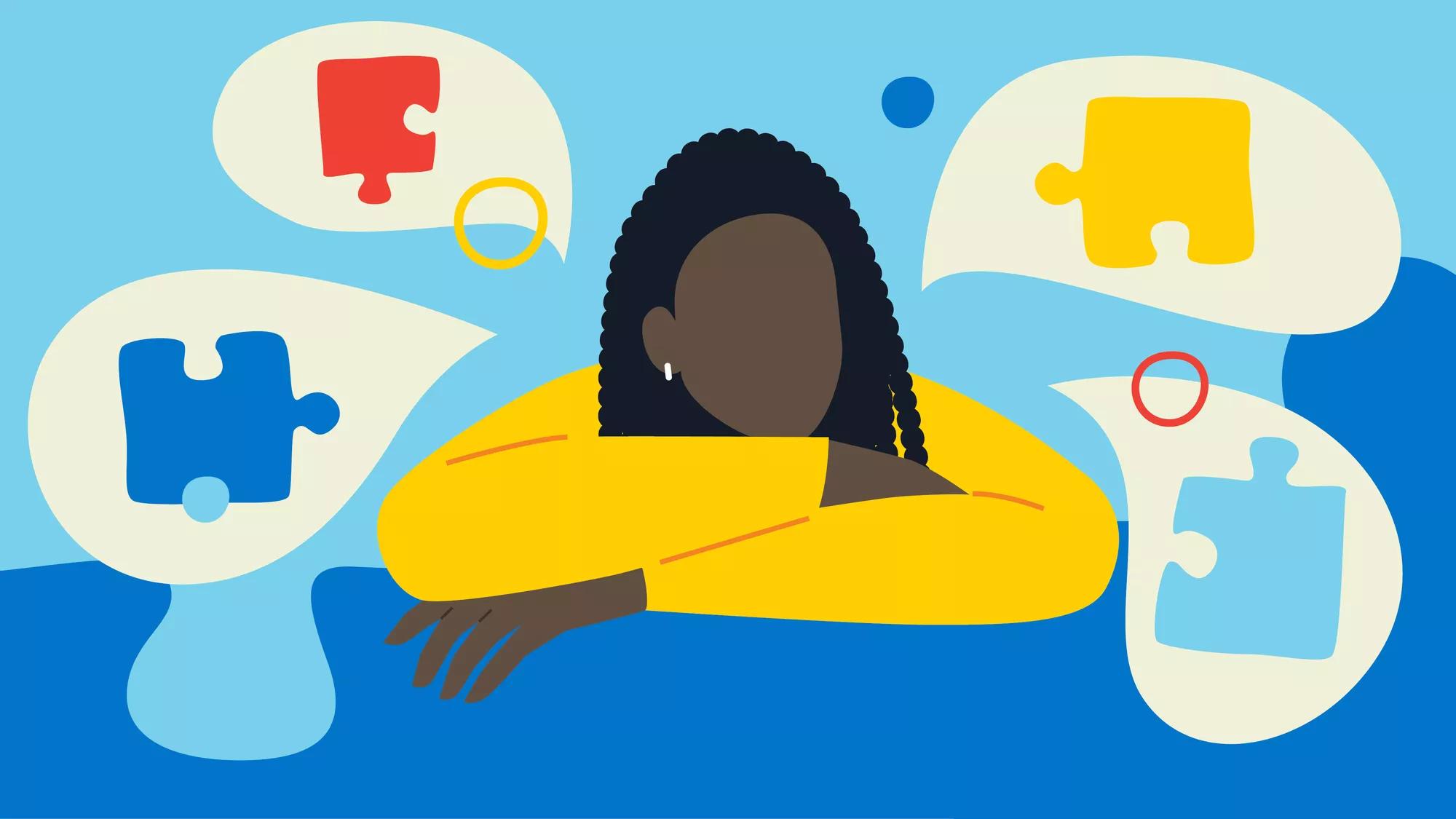Recognizing Autism: A Comprehensive Guide to Symptoms And Signs
Autism Range Condition (ASD) encompasses a wide array of features that can significantly influence a person's social interactions and daily performance. Identifying the signs and symptoms and indications, such as obstacles with eye get in touch with, social communication difficulties, and sensory level of sensitivities, is vital for very early intervention. Recognizing these subtleties not just aids caregivers and instructors in giving ideal assistance however also promotes a much more comprehensive atmosphere for people with ASD. As we check out the intricacies of autism, it ends up being necessary to take into consideration how these indications manifest differently throughout the range and what implications they hold for efficient treatment strategies.
Overview of Autism Range Condition
Defining Autism Spectrum Disorder (ASD) includes recognizing it as a complicated neurodevelopmental condition characterized by a series of difficulties in social interaction, interaction, and behavioral patterns. The term "range" reflects the large irregularity in symptoms and their intensity, which can differ substantially from one person to another. ASD normally materializes in early youth, although some individuals might not receive a diagnosis till later on in life.
Elements affecting the development of ASD consist of environmental aspects and genetic predispositions, although the precise reasons continue to be under investigation. Diagnosis often counts on behavioral evaluations, as there are no conclusive clinical tests for ASD. Early treatment is critical and can substantially boost results, concentrating on enhancing communication abilities, social communications, and adaptive behaviors.
Individuals with ASD may additionally exhibit one-of-a-kind toughness, such as remarkable focus to information or particular areas of proficiency. Understanding the diverse nature of ASD is necessary for promoting an inclusive setting that suits neurodiversity. Proceeded research study is important for establishing reliable interventions and support systems, enabling people with ASD to grow and meet their prospective within society.
Usual Signs of Autism
Recognizing the common indications of Autism Spectrum Condition (ASD) is essential for very early recognition and treatment. These signs can differ widely in intensity and presentation, yet certain qualities are frequently observed in individuals with ASD.
One of the most common indicators is a marked problem in keeping and establishing eye get in touch with. People may also show minimal interest in social interactions and show a choice for singular play.
Sensory level of sensitivities are also typical; people might underreact or overreact to sensory stimuli, such as lights, sounds, or textures. autism. Language growth can be irregular, with some children showing delayed speech or utilizing language in unusual ways, including echolalia-- repeating phrases or sentences heard somewhere else
It is necessary to keep in mind that not every individual with ASD will display all these indications, and the degree of these habits can vary significantly. Early acknowledgment enables for prompt support and sources, enhancing the top quality of life for those on the spectrum.
Social Interaction Difficulties
Social communication obstacles are a hallmark of Autism Spectrum Problem (ASD), impacting a person's ability to involve properly with others. These difficulties can show up in numerous methods, including obstacles in starting and preserving discussions, comprehending social hints, and reacting suitably in social communications.
People with ASD might battle with nonverbal interaction, such as eye get in touch with, facial expressions, and body language. This can cause misconceptions, as their communicative intent may not be properly interpreted by others. They may discover it tough to grasp the subtleties of tone and context, which are essential for reliable interaction.
In team settings, individuals with ASD may feel overloaded and might not recognize just how to join in conversations (autism). They could also display irregular conversational patterns, such as monologuing about find out certain interests without recognizing social reciprocity
Moreover, these difficulties can lead to social isolation or difficulties in creating relationships, as peers might misinterpret their behavior or interaction style. Recognizing these social communication obstacles is crucial for promoting helpful settings that advertise social skills advancement and enhance the high quality of interactions for individuals on the autism range.
Sensory Feedbacks and level of sensitivities
Several individuals with Autism Spectrum Problem (ASD) experience heightened sensory level of sensitivities that can considerably influence their everyday lives. A person with ASD may find everyday noises, such as a vacuum cleaner or crowded environments, extremely upsetting, leading to anxiousness or meltdowns.
Sensory processing distinctions in people with ASD can likewise impact their capability to take part in social interactions and routine activities. For instance, a kid that is delicate to touch may resist physical love or prevent particular apparel textiles. A choice for particular textures or preferences can restrict dietary choices and develop challenges during mealtimes.
Understanding these sensory level of sensitivities is essential for acknowledging the special experiences of people with ASD. Awareness of their sensory profiles can foster much better interaction and assistance strategies, creating an environment that fits their requirements and improves their lifestyle. Inevitably, recognizing sensory level of sensitivities is a critical part of comprehending the broader spectrum of autism.

Sustaining Individuals With Autism
Effective assistance for people with Autism Spectrum Disorder (ASD) is essential for improving their total wellness and cultivating independence. Assistance approaches ought to be tailored to satisfy the one-of-a-kind needs of each individual, considering their staminas and obstacles.

Social abilities training can also play a critical function. autism. Involving people in team tasks or role-playing scenarios can enhance their capability to browse social communications. In addition, it is important to educate family members, caregivers, and peers regarding ASD to promote a comprehensive and encouraging area
Verdict
To conclude, an extensive understanding of Autism Spectrum Disorder is vital for acknowledging its signs and indications. Early identification of typical qualities, such as social communication challenges and sensory sensitivities, enables instructors and caregivers to apply effective interventions. By fostering boosted interaction and social abilities, individuals with autism can navigate their settings extra effectively. Eventually, enhanced recognition and assistance can significantly boost the lifestyle for those impacted by ASD.
Autism Spectrum Problem (ASD) includes a vast variety of qualities Full Report that can significantly influence an individual's social communications and day-to-day functioning.People with ASD may battle with nonverbal communication, such as eye call, facial expressions, and body language.Several individuals with Autism Range Disorder (ASD) experience enhanced sensory sensitivities that can dramatically impact their day-to-day lives.Sensory processing distinctions in individuals with ASD can additionally affect their capacity to engage in social communications and routine activities.Understanding these sensory level of sensitivities is important for acknowledging the unique experiences of people with ASD.